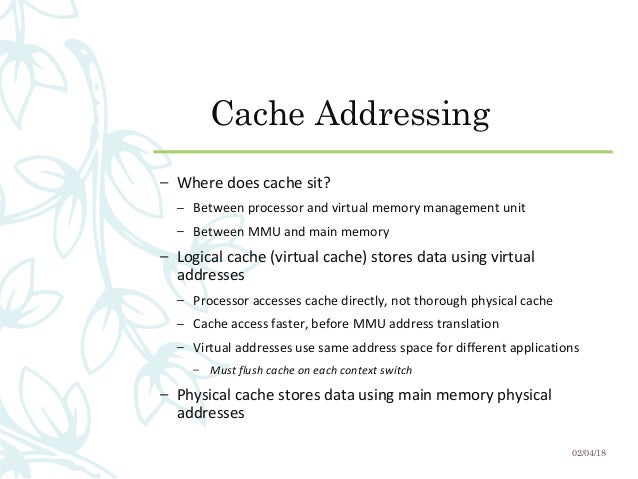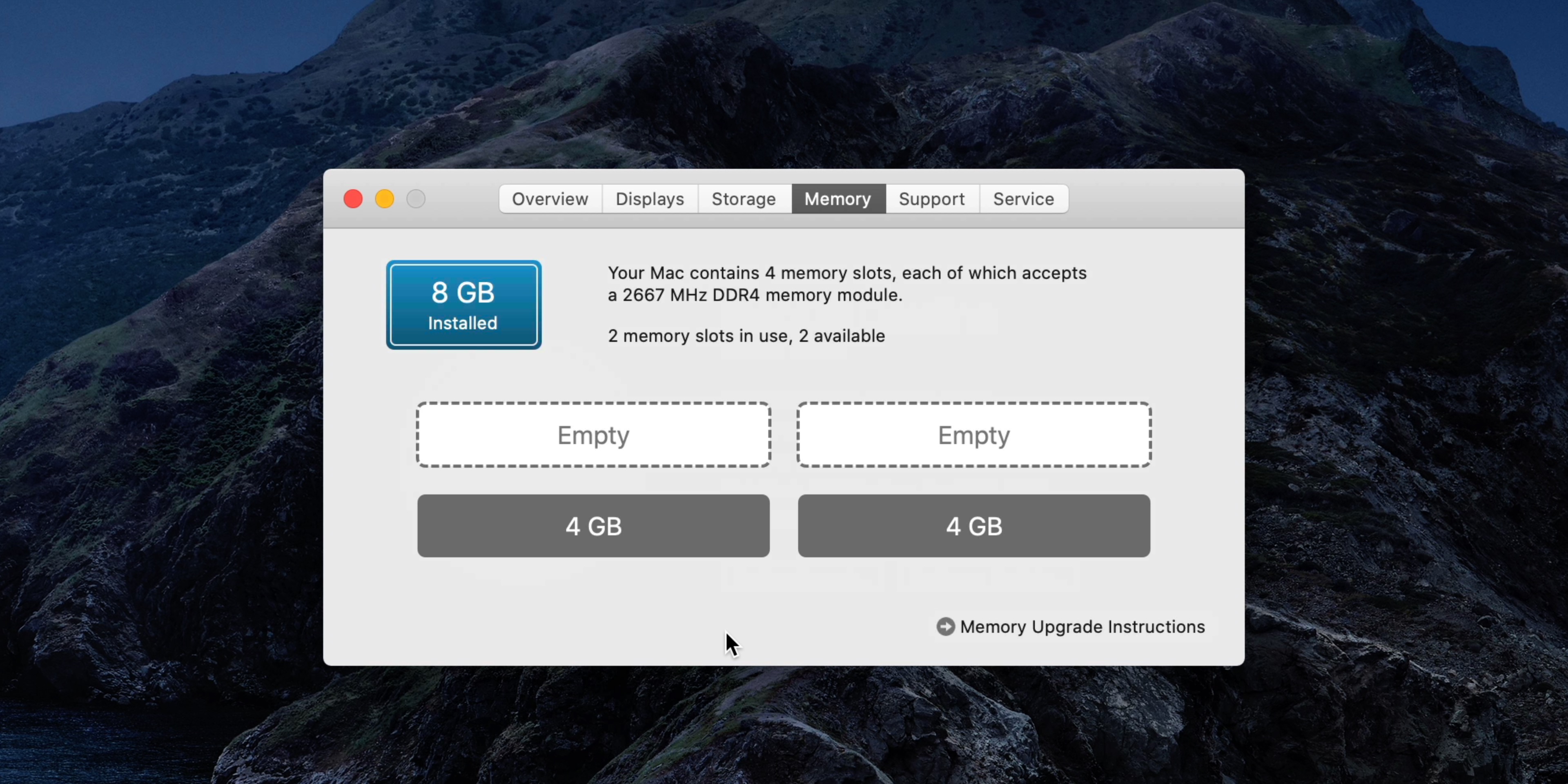Does It Matter Which Memory Slot I Use Imac
When your computer is running a bit slowly, how can you tell if getting more memory will help?
Jun 07, 2017 This required Apple to move the location of the memory modules, and because the iMac Pro shares the same basic chassis design as the standard iMac, that little door on the back of the case is no longer useful. The good news, however, is that based on the image above, those ECC memory modules still appear to be socketed and not soldered. According to the 27' iMac has 4 user-accessible RAM slots. You can put 64GB in any of them. That doesn't necessarily contradict what I was told (you can physically.
If you run out of free memory then your computer will be forced to use some of your hard disk as memory, which is VERY SLOW because hard drives are much slower to access than your computer’s RAM. It’s not just a matter of saying ‘8 GB’ is enough because the amount of RAM you need will vary according to your Mac model and the programs you use. Here’s how to check if you have enough RAM.
How to check your Memory on a Mac
With El Capitan Apple have introduced a very simple graph based on colours to let you know if you have enough RAM or not. Do this during the middle of using your computer for what you normally use it for. Don’t do this as soon as you start your computer as this won’t give a good indication of your normal usage. Better still, check it at various times over a few days.
- Go to your Applications/Utilities folder. (Click on your desktop so that the finder is active then hold down Apple-Shift-U, this will open your ‘utilities folder.)
- Open ‘Activity Monitor’ – it will probably be the top-most application in the Utilities Folder.
- Press Apple-1 to make sure that the main window of Utility Monitor is open.
- Click on the ‘System Memory’ tab at the bottom of the window. This will display a little graph with the memory pressure. It will look something like this:
If there is any red in the memory pressure you need more RAM. Red means your performance is taking a hit because your computer needs to use the disk drive for memory.
If the memory pressure is green you have enough memory (like the screenshot above).
If the memory pressure is yellow it may be worth monitoring over a few days to see if it goes into the red.
Checking your memory on older versions of Mac OS
On older versions of Mac OS the display looks more like this:
There are two important items to take note of ‘Free:’ and ‘Page outs:’

Free tells you how much free memory you currently have available to use – the higher the better. If you have no free memory you should get more RAM.
A Page out means your computer has run out of memory and had to use some of the Hard Disk instead of RAM. (This is the equivalent of your brain being too full so you have to write your thoughts down on paper to free up some head space) This DRAMATICALLY slows down your computer.
Tip: Page outs occur when your Mac has to write information from RAM to the hard drive (because RAM is full). Adding more RAM may reduce page outs.
Some Examples:
Here’s a mac with plenty of RAM (12G) – lots of Free RAM (green) and zero Page outs.
Here’s a mac with just enough RAM (8G) – a relatively little Page out Count (339MB) and some free memory (green).
Here’s a Mac that needs more RAM (it only has 640M!) – note the High Page Out Count (1010524) even though it currently has some ‘free’ RAM.
This Mac definitely needs some more RAM! Practically no free memory AND High Page-out Count. (1GB!) Performance will be suffering badly. I would add at least another 4G Ram, maybe 8G more to bring it up to 12G.
In OSX Leopard rather than giving a ‘count’ of page in and page outs, it gives a size in GB of the amount of RAM that has been paged in or out. The numbers are smaller but the same principles apply.
In OSX Lion there is a new entry called ‘Swap Used’. (See the last picture above). This is a count of how much Disk Space your computer is using as RAM and it’s a good rough estimate of the minimum amount of extra RAM you need. Eg If your Swap used is 4G then get AT LEAST 4G more RAM.
Where to buy more RAM.
You can’t buy any RAM. It needs to be Apple compatible. It’s worth getting good quality RAM to avoid problems. Currently my 2 favourite places to buy RAM are Crucial.com or OWC Computing. My Mac mini has 16GB of Crucial RAM in it at the moment. I’m in Australia and it usually arrives in about a week. OWC might be the better option if you live in the USA.
Crucial
They have a memory lookup tool for all computers where you choose your model and it shows you exactly what memory you need. The memory chooser tool looks like this:
First choose ‘Apple’ where it says ‘Choose Manufacturer’
Secondly select your mac when it says ‘select product line’ (e.g. iMac or Macbook etc)
Does It Matter Which Memory Slot I Use Imac Air
Finally select the exact model (e.g. Early 2011 i7 27″ iMac”)
It will then show you the options you can buy.
OWC – Macsales
Another reliable source of good Mac RAM is Other World Computing, also called macsales.com.
Why RAM affects your computer’s speed.
RAM in your computer is like the paper sitting on your desk. The information is easy and fast to access. Your Hard Disk is more like a filing cabinet, it takes a bit longer to retrieve information.
When your desk gets too cluttered you need to spend some time moving things in and out of the filing cabinet, which slows things down.
You don’t need to be able to store everything in your computers memory, it’s good to have a hard disk, but if you don’t have enough memory then your computer will need to access your hard disk too much and this can slow things down.

Does It Matter Which Memory Slot I Use Imac 21.5
To quote from Apple:
Moving data from physical memory to disk is called paging out (or swapping out); moving data from disk to physical memory is called paging in (or swapping in)… Extended periods of paging activity reduce performance significantly; such activity is sometimes called disk thrashing.